smart #1 vs Hyundai Inster - Differences and prices compared
Costs and Efficiency:
Looking at overall running costs, both models reveal some interesting differences in everyday economy.
Hyundai Inster has a convincingly advantage in terms of price – it starts at 20500 £, while the smart #1 costs 31700 £. That’s a price difference of around 11220 £.
In terms of energy consumption, the advantage goes to the Hyundai Inster: with 14.30 kWh per 100 km, it’s to a small extent more efficient than the smart #1 with 16.80 kWh. That’s a difference of about 2.50 kWh.
As for range, the smart #1 performs a bit better – achieving up to 440 km, about 70 km more than the Hyundai Inster.
Engine and Performance:
Power, torque and acceleration are the classic benchmarks for car enthusiasts – and here, some clear differences start to show.
When it comes to engine power, the smart #1 has a convincingly edge – offering 428 HP compared to 115 HP. That’s roughly 313 HP more horsepower.
In acceleration from 0 to 100 km/h, the smart #1 is convincingly quicker – completing the sprint in 3.90 s, while the Hyundai Inster takes 10.60 s. That’s about 6.70 s faster.
In terms of top speed, the smart #1 performs slightly better – reaching 180 km/h, while the Hyundai Inster tops out at 150 km/h. The difference is around 30 km/h.
There’s also a difference in torque: smart #1 pulls clearly stronger with 584 Nm compared to 147 Nm. That’s about 437 Nm difference.
Space and Everyday Use:
Beyond pure performance, interior space and usability matter most in daily life. This is where you see which car is more practical and versatile.
Seats: smart #1 offers to a small extent more seating capacity – 5 vs 4.
In curb weight, Hyundai Inster is distinct lighter – 1380 kg compared to 1780 kg. The difference is around 400 kg.
In terms of boot space, the smart #1 offers a bit more room – 323 L compared to 280 L. That’s a difference of about 43 L.
In maximum load capacity, the Hyundai Inster performs minimal better – up to 1059 L, which is about 73 L more than the smart #1.
When it comes to payload, smart #1 evident takes the win – 470 kg compared to 357 kg. That’s a difference of about 113 kg.
Who comes out on top?
Overall, the smart #1 shows itself to be leaves the rival little chance and secures the title of DriveDuel Champion.
It convinces with the more balanced overall package and proves to be the more versatile choice for everyday use.
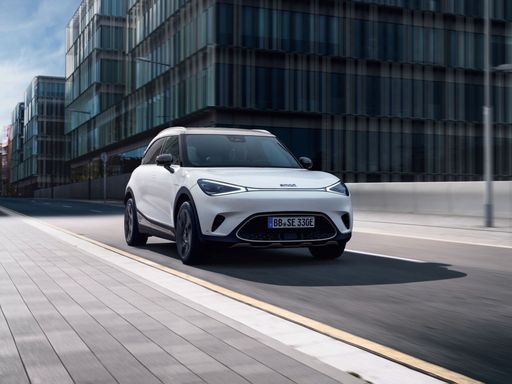 @ smart Europe GmbH
@ smart Europe GmbH
smart #1
Costs and Consumption
View detailed analysis
Engine and Performance
View detailed analysis
Dimensions and Body
View detailed analysis
smart #1
The Smart #1 feels like a breath of fresh air in the compact EV world, pairing playful styling with usable space and a cabin that punches above its size. It skips the fuss and delivers an easygoing, city-friendly driving experience with clever features that make it a sensible, slightly cheeky choice for everyday motoring.
details @ smart Europe GmbH
@ smart Europe GmbH
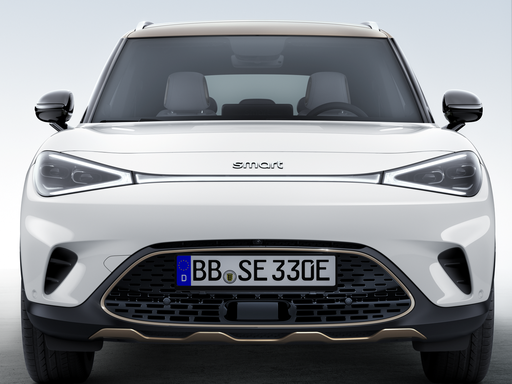 @ smart Europe GmbH
@ smart Europe GmbH
 @ smart Europe GmbH
@ smart Europe GmbH
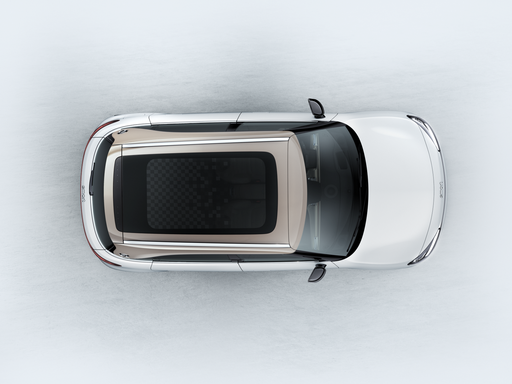 @ smart Europe GmbH
@ smart Europe GmbH
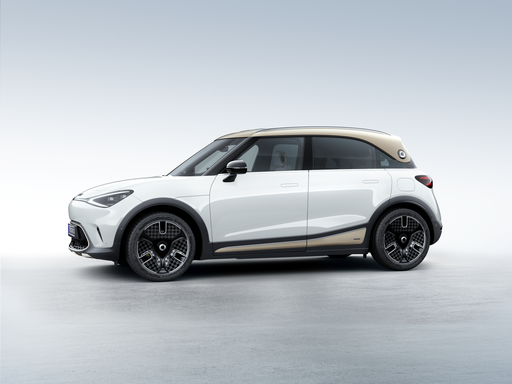 @ smart Europe GmbH
@ smart Europe GmbH
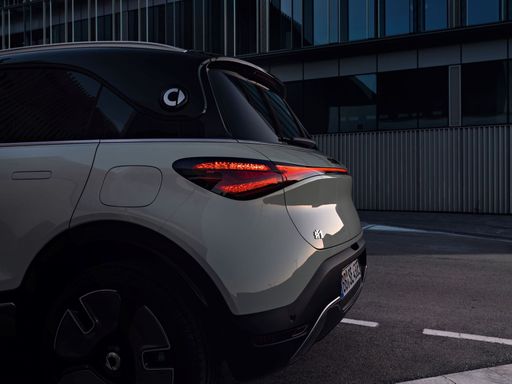 @ smart Europe GmbH
@ smart Europe GmbH
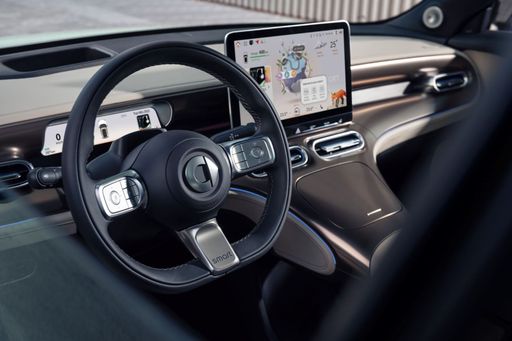 @ smart Europe GmbH
@ smart Europe GmbH
Hyundai Inster
The Inster has quickly captured the attention of automotive enthusiasts with its striking design and dynamic performance. This model seamlessly blends advanced technology with comfort, making it an ideal choice for both daily commutes and adventurous road trips. With its spacious interior and innovative features, the Inster promises an exhilarating driving experience that doesn’t compromise on practicality.
details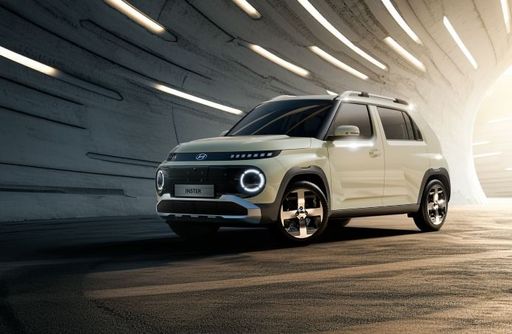 @ Hyundai Motor Company
@ Hyundai Motor Company
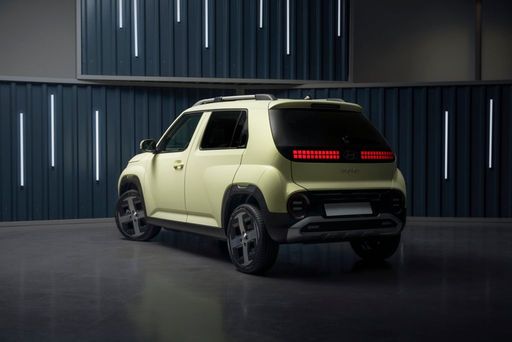 @ Hyundai Motor Company
@ Hyundai Motor Company
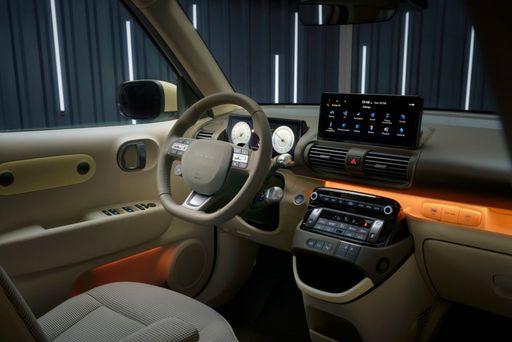 @ Hyundai Motor Company
@ Hyundai Motor Company
 @ smart Europe GmbH
@ smart Europe GmbH
|
 @ Hyundai Motor Company
@ Hyundai Motor Company
|
|
|
|
Costs and Consumption |
|
|---|---|
|
Price
31700 - 45000 £
|
Price
20500 - 25800 £
|
|
Consumption L/100km
-
|
Consumption L/100km
-
|
|
Consumption kWh/100km
16.8 - 18.2 kWh
|
Consumption kWh/100km
14.3 - 15.1 kWh
|
|
Electric Range
310 - 440 km
|
Electric Range
327 - 370 km
|
|
Battery Capacity
47 - 62 kWh
|
Battery Capacity
42 - 49 kWh
|
|
co2
0 g/km
|
co2
0 g/km
|
|
Fuel tank capacity
-
|
Fuel tank capacity
-
|
Dimensions and Body |
|
|---|---|
|
Body Type
SUV
|
Body Type
SUV
|
|
Seats
5
|
Seats
4
|
|
Doors
5
|
Doors
5
|
|
Curb weight
1780 - 1900 kg
|
Curb weight
1380 - 1433 kg
|
|
Trunk capacity
313 - 323 L
|
Trunk capacity
238 - 280 L
|
|
Length
4270 - 4300 mm
|
Length
3825 - 3845 mm
|
|
Width
1822 mm
|
Width
1610 mm
|
|
Height
1636 mm
|
Height
1575 - 1610 mm
|
|
Max trunk capacity
976 - 986 L
|
Max trunk capacity
1059 L
|
|
Payload
425 - 470 kg
|
Payload
317 - 357 kg
|
Engine and Performance |
|
|---|---|
|
Engine Type
Electric
|
Engine Type
Electric
|
|
Transmission
Automatic
|
Transmission
Automatic
|
|
Transmission Detail
Reduction Gearbox
|
Transmission Detail
Reduction Gearbox
|
|
Drive Type
Rear-Wheel Drive, All-Wheel Drive
|
Drive Type
Front-Wheel Drive
|
|
Power HP
272 - 428 HP
|
Power HP
97 - 115 HP
|
|
Acceleration 0-100km/h
3.9 - 6.7 s
|
Acceleration 0-100km/h
10.6 - 11.7 s
|
|
Max Speed
180 km/h
|
Max Speed
140 - 150 km/h
|
|
Torque
343 - 584 Nm
|
Torque
147 Nm
|
|
Number of Cylinders
-
|
Number of Cylinders
-
|
|
Power kW
200 - 315 kW
|
Power kW
71 - 85 kW
|
|
Engine capacity
-
|
Engine capacity
-
|
General |
|
|---|---|
|
Model Year
2023 - 2024
|
Model Year
2025
|
|
CO2 Efficiency Class
A
|
CO2 Efficiency Class
A
|
|
Brand
smart
|
Brand
Hyundai
|
What drivetrain options does the smart #1 have?
Available configurations include Rear-Wheel Drive or All-Wheel Drive.
The prices and data displayed are estimates based on German list prices and may vary by country. This information is not legally binding.
